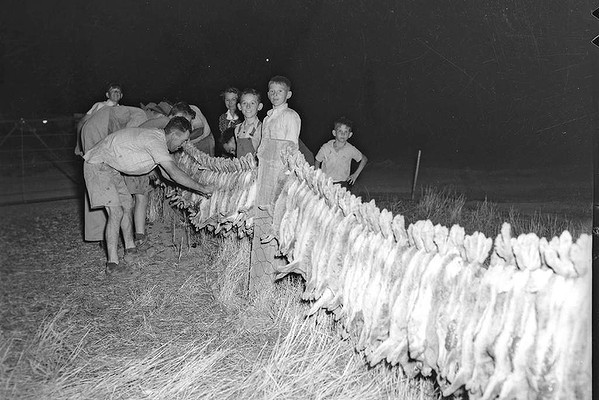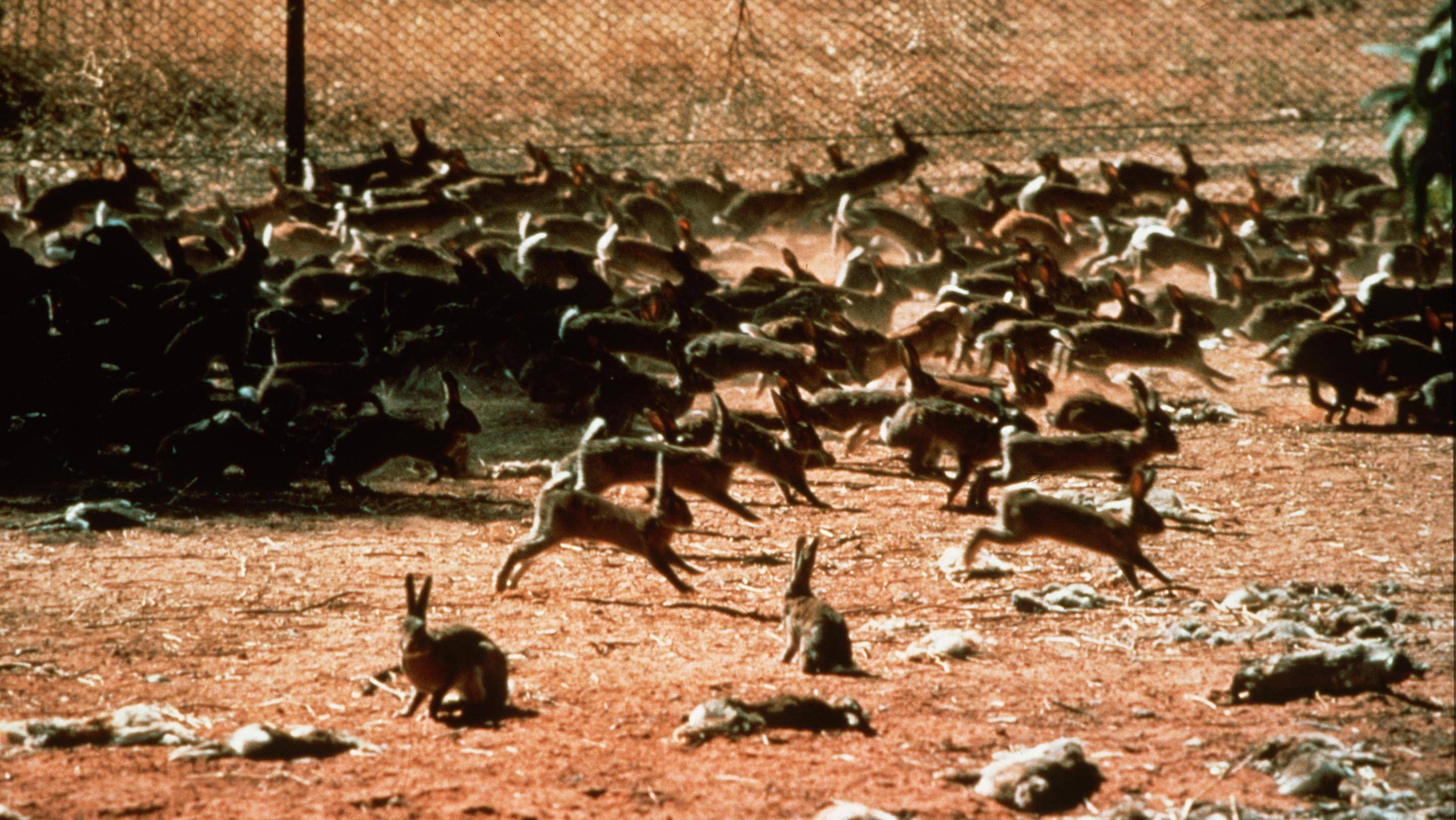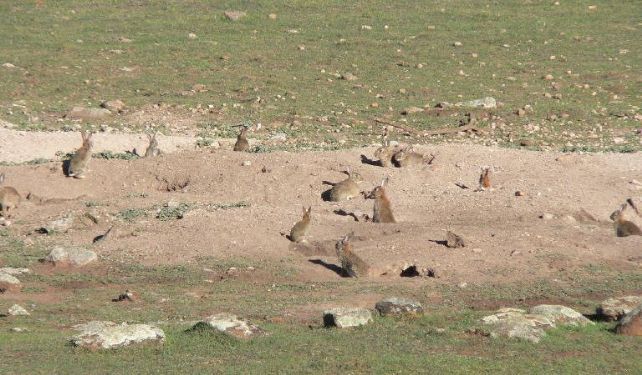
In the past, many Australian hunters cut their teeth hunting on the local rabbit population. Some fed their families in hard times and some made a few dollars off pelts. The humble rabbit hunt was perfect for showing children and new hunters how to stalk, plan a hunt and shoot accurately for a clean kill.
It would be nothing to shoot 50 rabbits a day sitting off big warrens around Goulburn NSW, however now this is a very different story. On the flip side, farmers are feeling the relief with improved carrying capacity on areas that were still witnessing high numbers.
The ABC reported that rabbit numbers in parts of Queensland are at their lowest levels in more than 30 years, with the drought, as well as ongoing eradication programs and viruses, helping to bring the population down.
A two-and-a-half month survey of the Dalveen area, south-west of Brisbane, found 14,000 rabbits were being born in the area each month.
The survey was conducted by the Darling Downs Moreton Rabbit Board (DDMRB), and compliance officer Nathan Ring said those numbers have now dropped by 75 per cent.
“[It] makes it a lot easier with no grass, so you can spot warrens from a couple of hundred metres away,” Mr Ring said.

“The number of rabbits that were being produced doesn’t leave lots [of grass] for livestock.
“The rabbits were literally chewing the grass off before the cattle could even get to it.
“I guess in the long-term, after a drought, with the added pressure of all the rabbits when, we do get rain, that means soil erosion.”
‘It’s cheered me up a lot’Local grazier John Gross said when work was being done on his property, he had never seen so many rabbits before.
“I’ve been in Queensland all my life and rabbits are not supposed to be in Queensland,” Mr Gross said.
“These rabbits have come in and just decimated the place and it’s affected my income.
“One paddock where I used to run 40 cows, I can only run about 30 now.”
Mr Gross said the work carried out on his property had provided a big morale boost.
“It should improve the carrying capacity a hell of a lot I reckon,” he said.
“As soon as some pick came up, the rabbits would chew it all.
“It has cheered me up a lot and made a big difference — I was feeling a bit down and out at the time.”
Landholders are still being urged to be vigilant and to report any sightings to the DDMRB.
The Queensland Department of Agriculture and Fisheries said there had been great success in reducing rabbit numbers on the Southern Downs.
“Viruses come through and really take advantage of the low [rabbit] numbers and knock those populations down,” the

Department’s Peter Elsworth said.
He said the drought had improved the effectiveness of the rabbit calicivirus, giving drought-stricken graziers a headstart when it does eventually rain.
“With rabbit numbers being so low, it allows pasture production to increase when there’s rain,” Dr Elsworth said.
“We’ll see landholders increase their carrying capacity [and] maybe go back into cropping as well, where the rabbits would have normally taken out those crops when they are [in] large numbers.
“It just allows relief for the land to recover and it’ll allow native animals to get a kickback as well.”
0 Comments